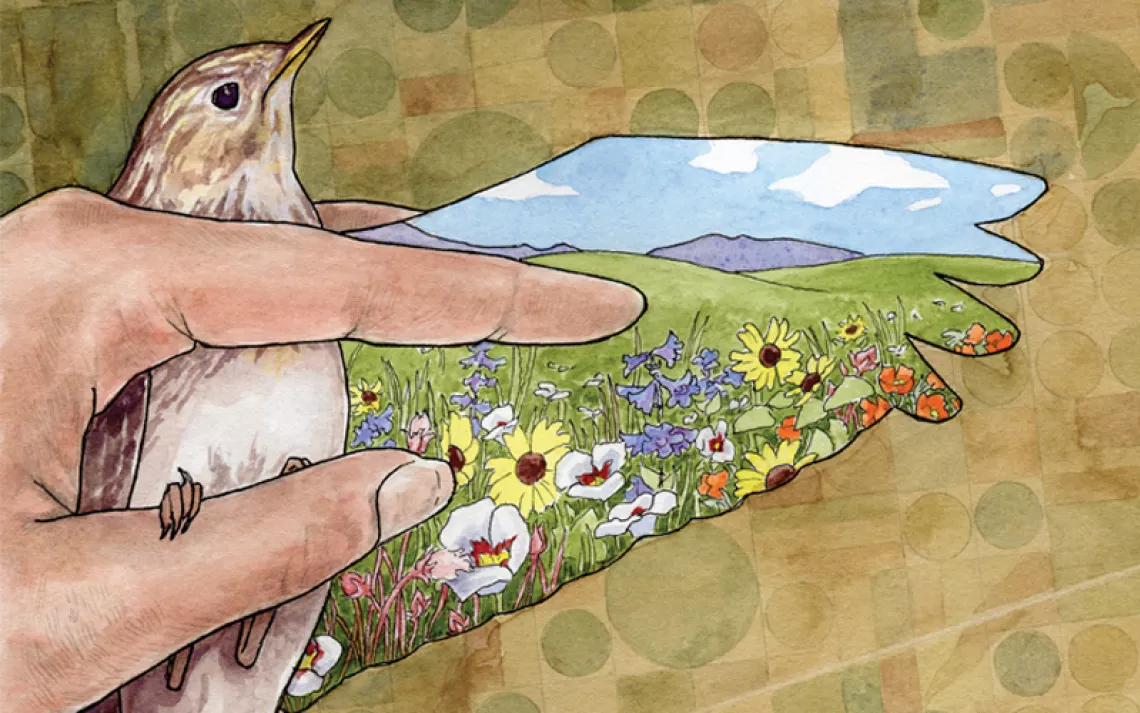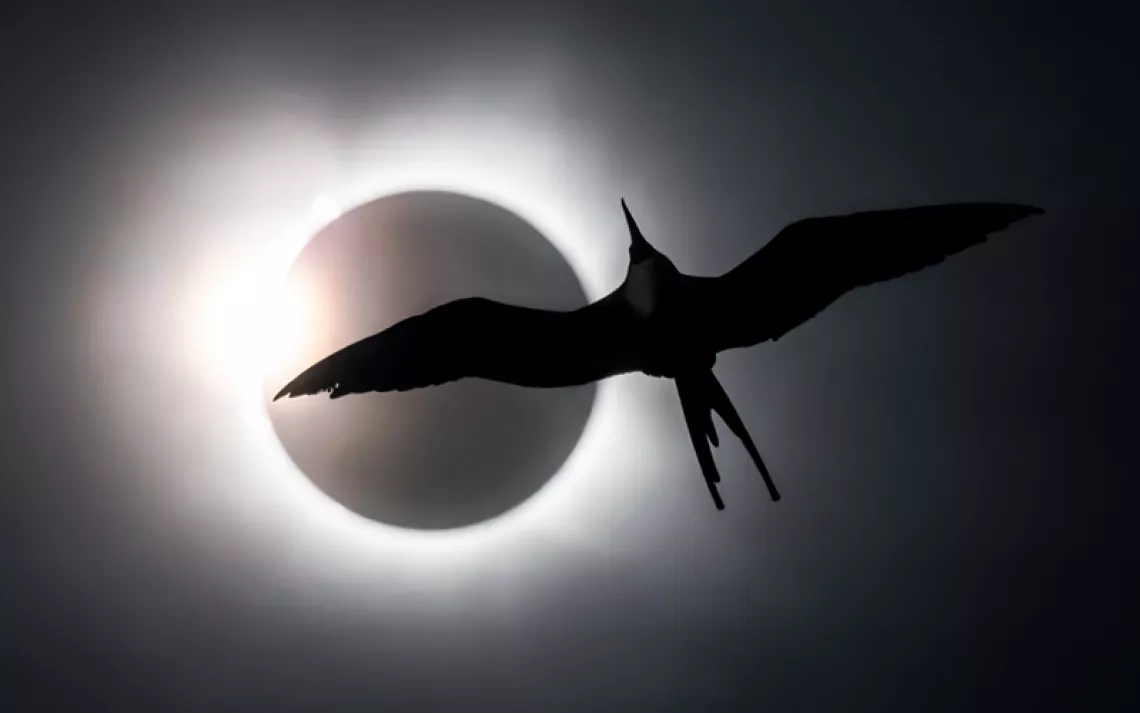Restoring Europe's Vultures

This black vulture was released into the wild in France by the Vulture Conservation Foundation.
|PHOTOS COURTESY OF VULTURE CONSERVATION FOUNDATION
French farmers don’t like vultures. They’ve spent the last few years clamoring loudly about wolves, bears, and griffon vultures taking their livestock. Now, much to their dismay, conservationists from the Vulture Conservation Foundation (VCF) are releasing the world’s largest raptor, the Eurasian black vulture, into the French countryside. But while these birds might look big, mean, and ugly, they aren’t prone to nabbing small farm animals.
In fact, of Europe's four vultures—black, griffon, bearded, and Egyptian—only the Egyptian will occasionally snack on live prey, but it's just insects and worms, says VCF director Jose Tavares. Stories of griffon vultures carrying off lambs into the Alps are exactly that. Stories.
What is true: Over the last 25 years, humans have decimated vulture populations in Africa and Asia, mainly through poisoning, persecuting the birds, and destroying their habitat. Europeans also managed to nearly wipe out the birds in the late 19th and early 20th centuries. Now, with European Union legislation in place to ban offending poisons and cap overhunting of wild herbivores (the vulture’s preferred food source), the raptors are making a comeback in some regions.
 Eurasian black vultures in the wild in France.
Eurasian black vultures in the wild in France.
“Vultures fulfill a very important ecological role—cleaning the countryside of carcasses that otherwise would breed disease,” Tavares explains. “After the collapse of vulture populations in India, rabies increased significantly because populations of feral dogs grew to feast on carcasses that otherwise would have been stripped clean by vultures.” Unlike those of feral dogs, rats, and other scavengers, a vulture’s stomach acid and immune system can deal with rabies and other pathogens quite well. Tavares says that the raptors also provide a significant service by picking up carcasses that otherwise would need to be taken to incineration by trucks, not only reducing carbon dioxide emissions but also saving taxpayer euros.
Tavares's next goal is to restore Europe’s vultures across the whole of their historical European range, from Spain in the west, across the Alps, the Balkan peninsula, and into Turkey. "Breeding sites across the whole range, with vultures moving between them, will help maintain genetic diversity and resilience," he says.
During the bad old days, the black vulture disappeared from Italy, the Balkans, and France, with only a few remaining in Andalucía. The same thing happened to the bearded vulture. Egyptian vultures and the more-common griffon vulture suffered similarly, but according to Tavares, the griffon’s varied diet and ability to forage for food enabled that bird to cope better with the challenging circumstances that all European vultures faced back then.
There are now 35 black vulture breeding pairs in France—in the Grands Causses, Verdon Gorge, and the Baronnies. "Black vultures are tree nesters, unlike other vultures, which are cliff nesters," Tavares says. "Ideally they need a forest, in a low mountainous area, with lots of old trees with flat tops, which they can nest in."
 Eurasian black vultures arrive in France from Spain, for release.
Eurasian black vultures arrive in France from Spain, for release.
The VCF released three more black vultures into the Verdon Gorge last January. Tavares explains that the imported birds stay in aviaries for a few months, around other vultures, to get used to their new surroundings. "If we were to release new birds immediately, they would probably disperse, maybe back to Spain," he says. "You certainly wouldn’t get enough birds to establish a healthy new breeding population."
Griffon vultures are Europe’s most abundant, with most of them concentrated in Spain. Only Egyptian vulture numbers are still declining. Europe’s only migratory vulture, the Egyptian vulture, spends part of the year in Africa, where it is subject to the same dangers African vultures face, in particular poisoning. There’s also a long and dangerous migration across the Mediterranean Sea and Sahara Desert.
Tavares has his eye on southeastern Europe next. "In parts of the Balkans, unfortunately, some of the historical threats to vultures are still there," he says. "These countries joined the EU later and have been bound by the protective legislation for less time."
But griffon vultures are starting to recover in the Balkans, which is a hopeful sign. "Once we can be certain that the problems are starting to go away, we can begin to think about reintroducing the rarer vultures," he says.
The VCF aims to have black vultures in the Balkans by 2018 and bearded vultures soon after that. Its currently campaigning against poisoning in Bulgaria and working with locals to improve nesting sites and herbivore populations.
But while the changing sociopolitical context in southeastern Europe appears to be turning in the vultures’ favor, Tavares is not optimistic about the raptor’s future in Asia and Africa. “It’s likely that we’ll continue to see these huge population declines, and then local and regional extinction, before eventually things get better with reintroductions," he says. "Ideally you’d like to see action taken before it gets to that, but I’m not terribly hopeful."
 The Magazine of The Sierra Club
The Magazine of The Sierra Club



